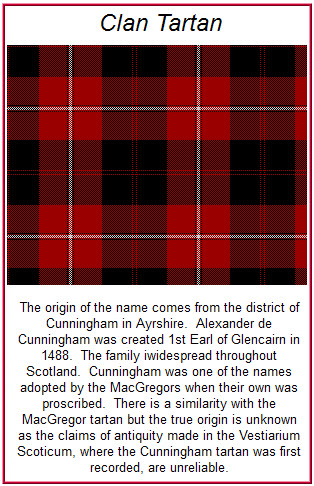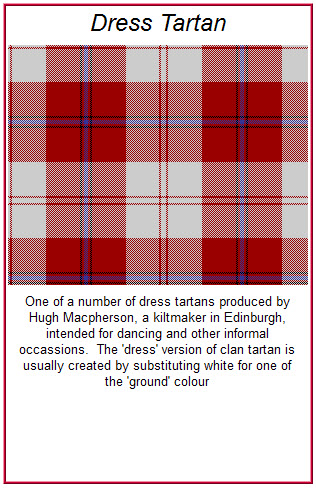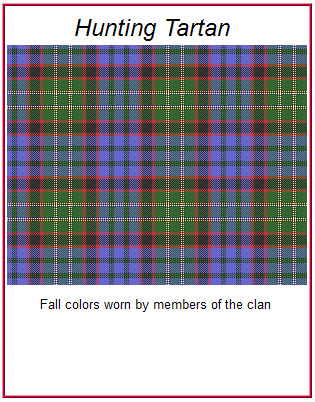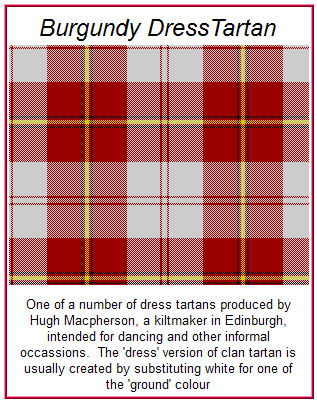Tartans





The Kilt
Today's Highland Dress is distinctive, smart, martial, formal and known world wide as Scotland's national costume. However like the Tartan itself the origins of the kilt are surrounded by a degree of controversy.
The Highlander of old (pre-1746) would often have worn the feileadh mor, Gaelic for a large piece of woollen tartan material wrapped round the body, belted at the waist and pinned over the shoulder. It no doubt also served as a blanket while campaigning - the word 'plaid' is the Gaelic plaide meaning blanket. A sensible garment which could give warmth or be worn lose with sword arm free. Origins may lie with the ancient Roman or Celtic tunic. In fact both recent Highlanders and ancient Celts also worn tight trousers - truis. These were particularly popular on horseback!
Exactly when the fealeadh beg (filibeg), the tailored version worn from waist to knee, came into existence is open to debate. One suggestion is that an Englishman in charge of an iron smelter at Invergarry around 1730, Thomas Rawlinson, suggested that his workforce would fare better at their work if the dispensed with the upper part of their garment and worn what we would describe as a kilt. The word 'kilt' itself, although not Gaelic, is probably older. A Scandinavian or old English root from a verb meaning 'to hitch up and fold a garment' seems most likely.
Today's kilt can be worn, particularly by pipers, with a plaid - a long piece of tartan wrapped round the upper body which, along with the kilt, are a modern version of the full feileadh mor of past times.
After the battle of Culloden in 1746, traditional Highland Dress was banned along with tartan from 1746-82. However Highland regiments were being formed in the Government army and most of these adopted the kilt and a tartan as part of their uniform. From this martial background comes the style of today's Highland Dress.
When George IV visited Edinburgh in 1822, Full Highland Dress was worn by almost everybody including King George himself thanks to the efforts of Sir Walter Scott. The kilt became quite definitely the distinctive national dress of Scotland.
Seven Different Types of Tartans
- Chief's Dress Sett: worn by the chief and members of his/her family.
- The Clan Tartan: worn by members of the clan.
- The Hunting Tartan: Fall colours worn by members of the clan.
- Mourning Setts: self explanatory.
- District Setts: regional, worn by anyone in that region.
- The Womens Sett: usually black and white colours.
- The Royal Sett: The Royal Stewart, a free tartan which can be worn by anyone.





Copyright Cunningham Family Website - All Rights Reserved